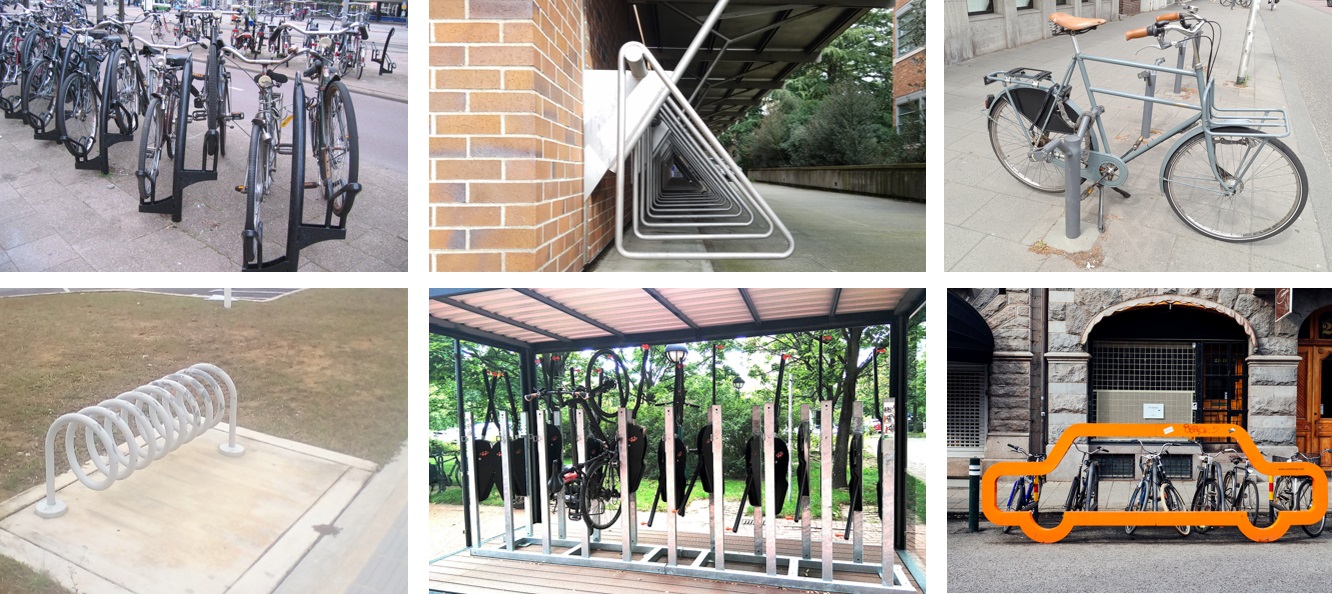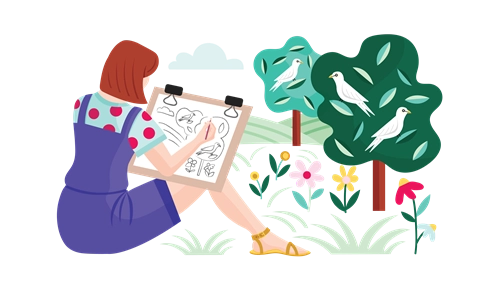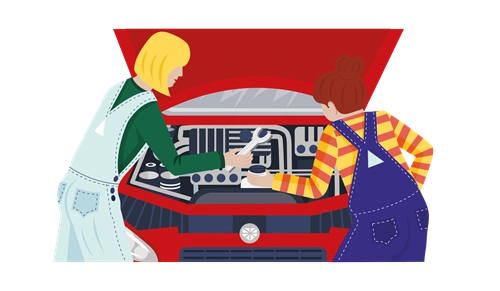-
Curriculum alignment
Design and Technologies
AC9TDE8P01 – Analyse needs or opportunities for designing, and investigate and select materials, components, tools, equipment and processes to create designed solutions
AC9TDE8P02 – Generate, test, iterate and communicate design ideas, processes and solutions using technical terms and graphical representation techniques, including using digital tools
Learning hook
‘Build a better mouse trap and the world will beat a path to your door’ is a phrase that has been in use since the late 19th century. Discuss with the class possible meanings of the expression.
As a class, explore items that students think have changed in design over time, and others that have stayed the same. Support students to wonder about designs that haven’t changed much. How did they come to be so fit for purpose in the first place? What process do you think the engineer went through?
Girls in focus
Women are often under-represented in the history of STEM, and many girls may not realise that women have been behind some amazing inventions. For example, Maria Beasley was a groundbreaking American inventor, who is credited with significantly improving life raft design. Her 1882 design has helped save numerous lives – including those of passengers on the Titanic. This video explains Maria’s work.
Learning construction
Students can find it difficult to be creative – as can designers everywhere! A useful tool for exploring different ways to iterate is the SCAMPER routine:
Substitute – what can you substitute for something else?
Combine – how can you combine two or more parts?
Adapt – which parts can you adapt or change?
Modify – what can you modify, exaggerate or emphasise?
Put to other use – how else could this be used?
Eliminate – what can we remove, reduce or simplify?
Rearrange – what can we rearrange, reorder or reverse?
This routine is based on the idea that originality is born from slight modifications and alterations to something that already exists. SCAMPER helps us look at everyday products, processes or environments and think about them in new ways.
As a class, view a range of different iterations of a single product, such as this set of bike racks. For each image, see if the class can identify which aspect of the SCAMPER routine the modified product exemplifies. In some cases, multiple aspects of SCAMPER may come into play.

Now give students the opportunity to ‘design a better mouse trap’ for themselves.
Have students choose one object randomly. Be sure each student is able to explain the purpose of the object. Give students the opportunity to pick again if they are unsure.
|
esky |
bike helmet |
notepad |
clothes hanger |
sneakers |
|
umbrella |
phone case |
coffee mug |
floor rug |
classroom desk |
|
lunch box |
key chains/holders |
baby bib |
ceiling fan |
fruit bowl |
|
water bottle |
travel pillow |
hat |
teddy bear |
paper napkin |
|
dog collar |
toothbrush |
headphones |
plant pot |
photo frame |
|
desk chair |
desk lamp |
backpack |
lead pencil |
teapot |
Challenge students to think like industrial designers. They create a sketch for each phase of SCAMPER and annotate their sketch to explain the changes they have made to the product.
Finally, students should review all their ideas and select the most innovative design to present to the class.
Girls in focus
Girls can perceive STEM as lacking in opportunities for creativity and consequently being ‘not for them’. Providing opportunities to engage with the engineering design process and user-centred design can not only engage girls, but also provides them with insights into potential STEM careers that value creativity.
Share these two profiles of Melissa Knothe Tate, a professor and internationally recognised innovator with a PhD in Mechanical Engineering and Biomedical Engineering. Draw students’ attention to Melissa’s commentary about the role of creativity in engineering.
Optional activity: Try using SCAMPER to modify an object with an AI image generator. How does it compare with the students’ own creative modifications?
-
Rubric
Criteria
Beginning
Achieved
Exceeded
Uses SCAMPER to generate new ideas
Applies some aspects of the SCAMPER routine to iterate the object.
Applies every aspect of the SCAMPER routine to iterate the object.
Applies every aspect of the SCAMPER routine to develop significantly different iterations of the object.
Problem-solving and innovation
Identifies some known variations on the object.
Creates some novel variations on the object that solve specific problems.
Considers problems and opportunities and designs novel variations of the object to address these.
Communication
Sketches and annotations provide some insight into design thinking.
Sketches and annotations provide clear insight into design thinking.
Sketches and annotations provide clear insight into design thinking and decisions by highlighting materials, processes or purpose.
Final design
The final design demonstrates some creative thinking.
The final design is creative and original.
The final design is unique and represents a valuable, innovative iteration of the object.










